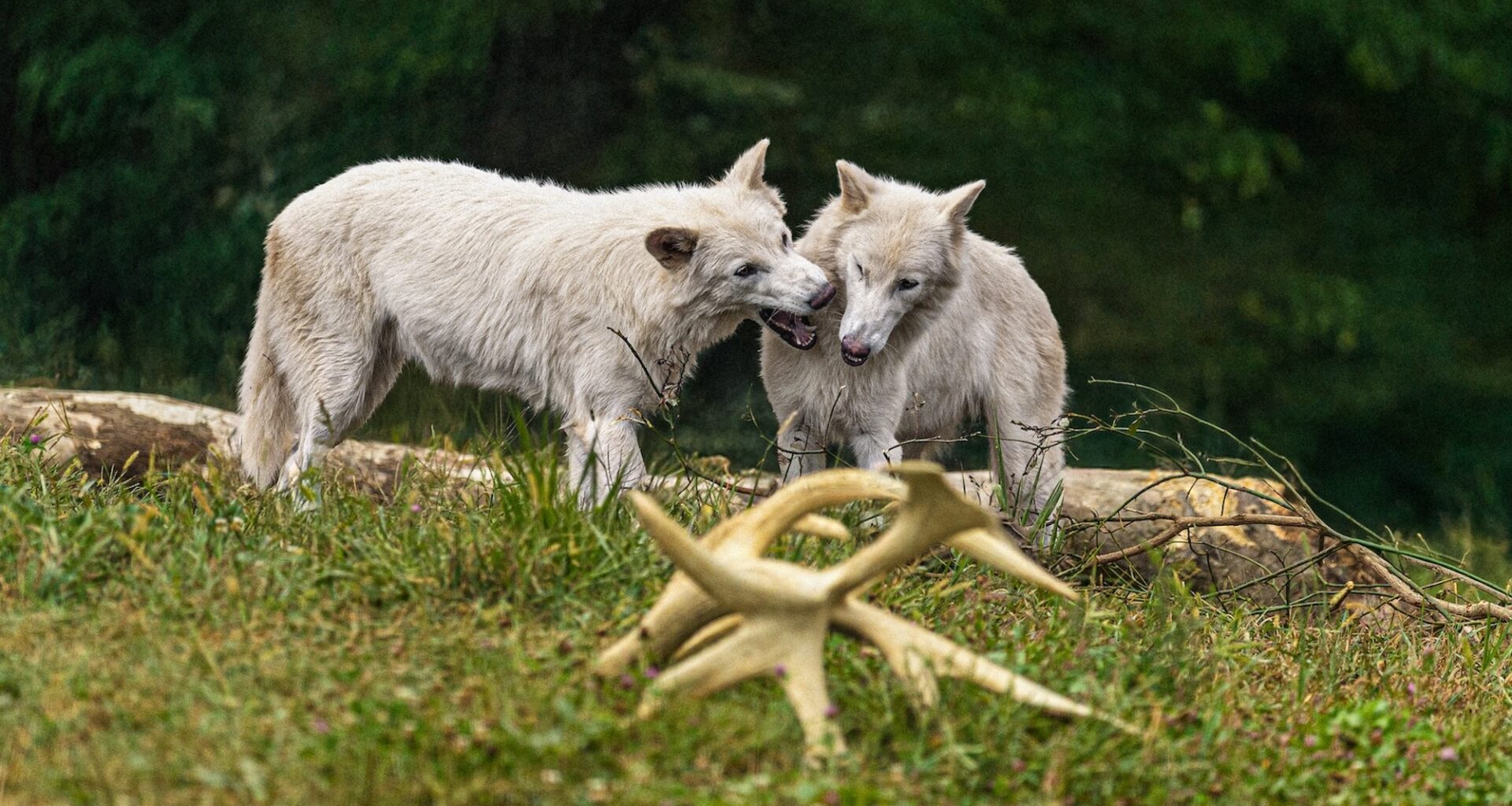The ability to adapt has been crucial to writing—and amending—an animal care manual for the dire wolves, a manual which James points out is “a world’s first effort” since he and his team are compiling it for a species that has not existed for 10,000 years. Yet it speaks for how long a journey lies ahead for the dire wolves. Given Romulus and Remus’ desire to tear and destroy, it even invites the obvious question of how soon it is until they can hunt?
Join our mailing list
“They give chase,” James says, “but they’re not skilled hunters yet. They’re still young, and they’re still kind of goofy. They get a lot of deer that come through, and they quickly just break off in a chase. It wouldn’t be too dissimilar to my Australian shepherd. She sees a squirrel, she’s off, but if she ever got the squirrel, I’m not sure she’d know what to do next.”
James’ example also belies a key difference between a domesticated dog and a true wolf pack. One is raised and sheltered by humans; the other learns to hunt from its elders. These dire wolves have no elders though.
“It’ll take generations of dire wolves to get to the point where they’re truly independent and skilled hunters,” James admits. “We’ll continue to work with some cross-fostering efforts so you can bring in experienced wolves, they don’t have to be dire wolves, so they can raise a pack and teach them how to hunt. We can [learn from] this generation, and it will be really fundamental to creating future generations of animals. These guys—Romulus, Remus, and Khaleesi—are likely to never be really skilled hunters, but we’ll work through generations of wolves and remove human intervention at every step, until you get to the point where you have these truly wild animals.”
James’ acknowledgment that Romulus, Remus, and Khaleesi are just the first of generations of dire wolves to come is intriguing, especially since when the species’ revival was announced in April, the publicly stated plan was to eventually build up a wolf pack of six to eight dire wolves.
“We’re still going to focus on this pack and building a pack structure for these guys,” James explains. “We have opportunities to work with some of our Indigenous partners, some of our Native American partners, to try to do this type of effort on their lands, and I think that’s where we can get into more of the hands-off management.”

